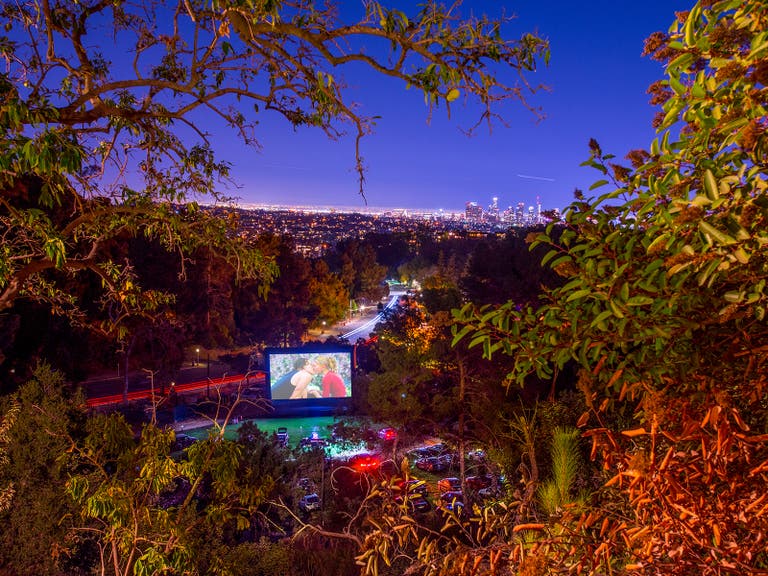The Best of Arts & Culture in L.A. Spring 2019
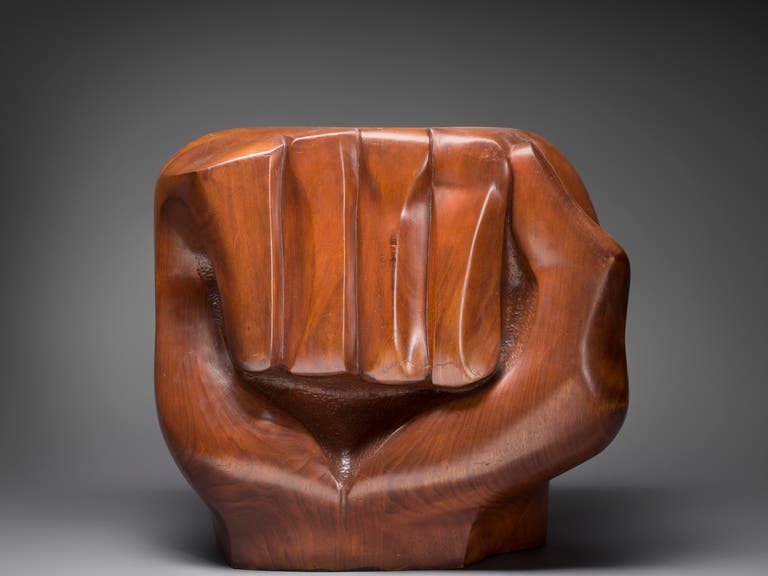
For locals and visitors alike, Los Angeles is a mecca for those who enjoy arts and culture. This spring, L.A. will host a wide range of must-see exhibits. From acclaimed African American artists to a fashion icon and even a science-based dog exhibit, read on for the Spring 2019 guide to arts and culture in L.A.

Soul of a Nation - The Broad (now through Sept. 1, 2019)
On view at The Broad through September 1, Soul of a Nation: Art in the Age of Black Power 1963-1983 celebrates the work of Black artists made over two decades beginning in 1963, at the height of the civil rights movement. The exhibition devotes individual galleries either to groups of artists working in a particular city — with three galleries dedicated to artists living and working in Los Angeles – or to a different kind of art production. The exhibition showcases communities engaged in robust artistic dialogues, while also revealing disagreements about what it meant to be a Black artist at this time. Artworks in the exhibition are both figurative and abstract, and range from collage, assemblage and photography to painting, sculpture and performance.
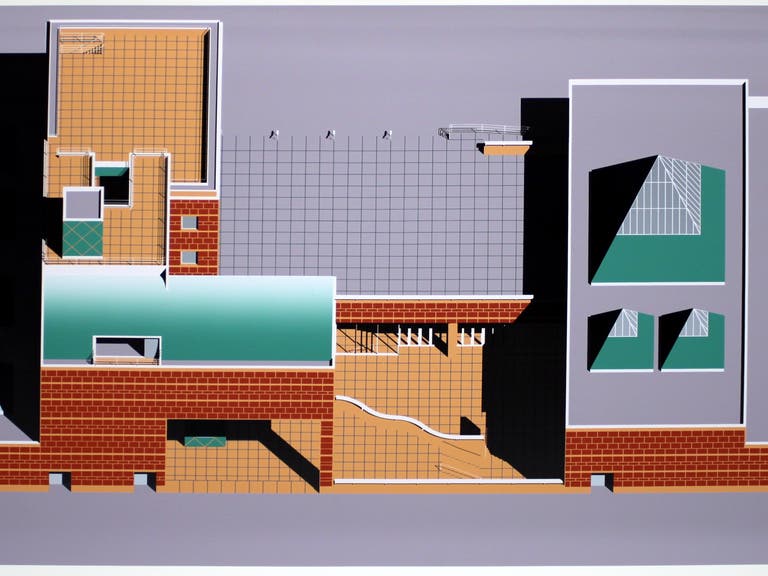
MOCA 40th Anniversary
Beginning in spring 2019, the Museum of Contemporary Art (MOCA) will dedicate its Downtown L.A. locations to multiple exhibitions celebrating the museum’s 40th anniversary and its permanent collection. Each location will feature special exhibitions highlighting different themes and stories found within the institution’s permanent collection of more than 7,000 objects.
40 FOR LA - MOCA GRAND AVENUE (THROUGH SEPT. 16, 2019)
40 for LA celebrates the forty-year history of MOCA with a multimedia exhibition that features archival materials including rare photographs and lithographs, limited-edition objects, a detailed exhibition and programming timeline, excerpts from the museum’s YouTube video project MOCAtv, and a special homage to all of the artists to whom the museum is indebted. Visitors will get an in-depth look at some of the key elements that define the institution: the Grand Avenue location designed in 1986 by Pritzker Prize-winning Japanese architect Arata Isozaki; a celebrated permanent collection, groundbreaking temporary exhibitions, and the museum’s dedicated board members and patrons. Together, these elements tell the story of MOCA’s beginnings, explore the museum’s vital role in shaping the Southern California art community, and take stock of MOCA’s achievements as a pioneering contemporary art institution in Los Angeles.
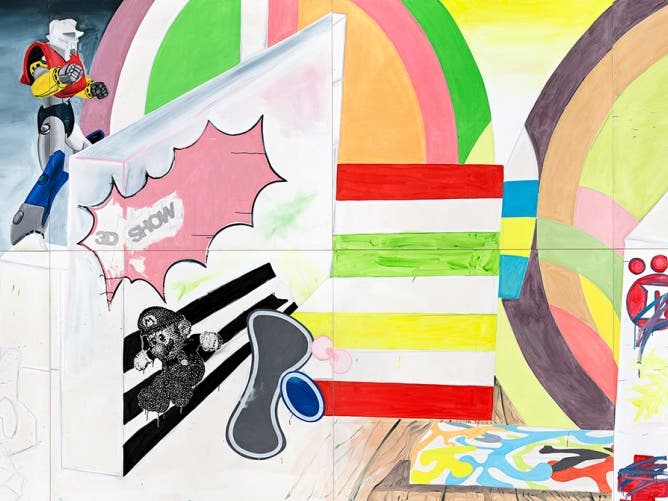
OPEN HOUSE: ELLIOTT HUNDLEY - MOCA GRAND AVENUE (THROUGH SEPT. 16, 2019)
As part of this celebration, MOCA will debut a new ongoing series of exhibitions titled Open House. For the first time in its history, MOCA invites L.A.-based artists to organize exhibitions drawn from the museum’s extensive collection of objects. The artists selected will work together with MOCA curators to explore how the museum’s permanent collection can continue to serve, educate, inform, represent, and delight the diverse and extensive community of artists in Southern California. Open House will give visitors a chance to see the depth and breadth of MOCA’s collection focused through the unique lens provided by the community of artists that it serves.
MOCA is launching this new exhibition series with Open House: Elliott Hundley. Multimedia artist Elliott Hundley will explore the architecture and origins of collage, exploring how the visual and material logic of this technique has informed artists in MOCA’s collection, as well as his own practice.
Dogs! A Science Tail - CA Science Center (Opened March 16)
Don't miss Dogs! A Science Tail, the new special exhibition that's now open at the California Science Center (700 Exposition Park Dr, Los Angeles 90037). Let curiosity be your guide and discover life from a dog's point of view. Sniff out the science behind our puppy love and explore the way a dog sees, hears, and smells the world through fun and engaging hands-on exhibits. From lovable companions to loyal protectors, dogs live and work alongside us. Dig the science beneath our enduring bond in this unique 9,000 square-foot exhibition for humans. And some guests may catch a visit from our volunteer partners and their rescue dogs, service dogs, and companion dogs. Demonstrations are subject to availability. For more information, visit the California Science Center website.
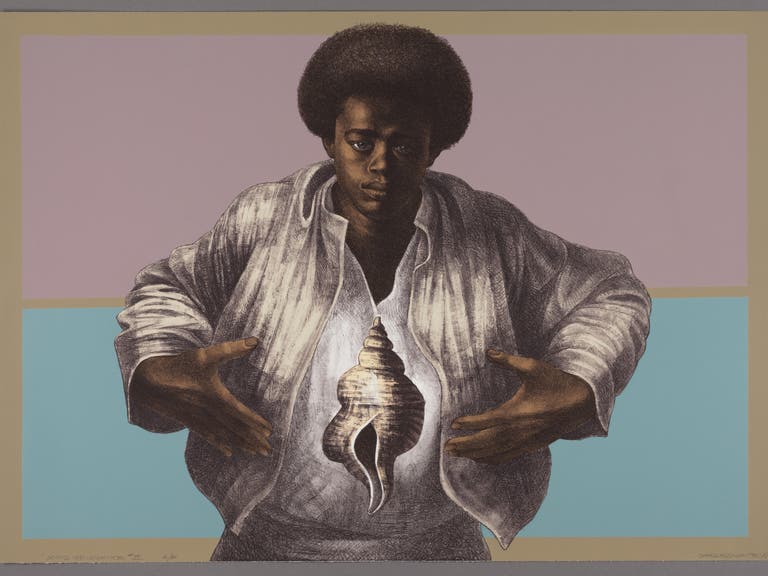
Charles White: A Retrospective - LACMA (Through June 9, 2019)
Charles White: A Retrospective is the first major 21st-century museum retrospective on this famed mid-century artist. On view at LACMA through June 9, the exhibition traces White’s career and impact in the cities he called home: Chicago, his birthplace; New York, where he joined social causes and gained acclaim; and Los Angeles, where he developed his mature art and became a civil rights activist. The exhibition includes approximately 100 drawings and prints along with lesser-known oil paintings. A superb draftsman, White focused on images of both historical and contemporary African Americans, depicted in ideal portraits and everyday scenes. He extolled their dignity, humanity, and heroism in the face of the country’s long history of racial injustice and encouraged his viewers and fellow artists of color to project their own self-worth.
Two concurrent and complementary exhibitions will be on view in Los Angeles. Life Model: Charles White and His Students (through Sept. 14, 2019) will be on view at LACMA’s satellite gallery at Charles White Elementary School, formerly Otis Art Institute, where the artist taught for many years; and Plumb Line: Charles White and the Contemporary (through Aug. 25, 2019) will be presented at the California African American Museum, an institution whose establishment White championed.
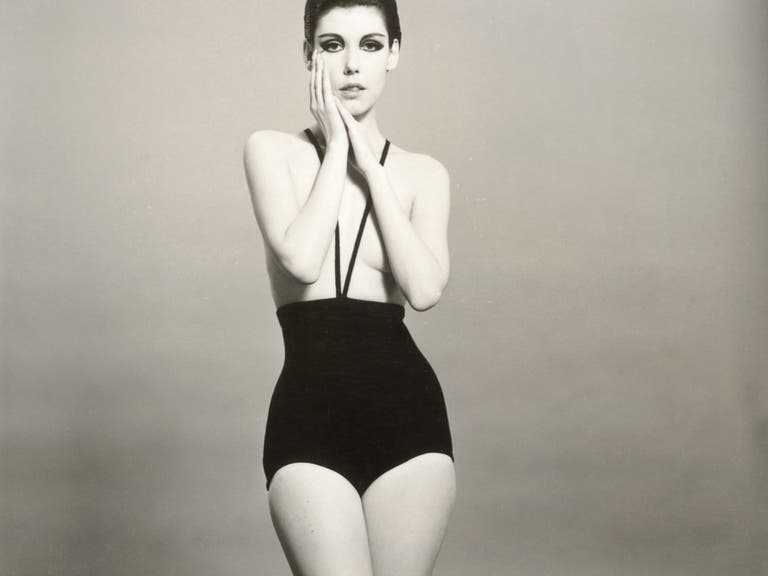
Fearless Fashion: Rudi Gernreich - Skirball Cultural Center (May 9 – Sept. 1, 2019)
Los Angeles fashion designer Rudi Gernreich (1922–1985) introduced the topless bathing suit, the thong, unisex clothing, pantsuits for women, and enough inventive clothing to earn him a worldwide reputation. His democratic and dynamic fashions continue to resonate today.
Opening at the Skirball Cultural Center on May 9, Fearless Fashion: Rudi Gernreich explores the visionary and progressive fashion ensembles that trespassed rigid social expectations and liberated those who wore his clothing. A Viennese Jew, Gernreich immigrated to the United States from Austria in 1938, fleeing the oppressive and anti-Semitic Nazi regime.
The exhibition spans his early career as a dancer for the Lester Horton Dance Theatre to his role as a founding member of The Mattachine Society, a gay rights organization. The exhibition features over fifty Gernreich ensembles, along with accessories, original sketches, photographs, ephemera, and newly filmed interviews of friends and colleagues.
All mannequins for this exhibition were custom produced with flat feet—a deviation from the industry standard. Flat feet were a design feature Gernreich emphasized, dressing his models barefoot or in sensible short-heeled or flat shoes.
Affirming women, minorities, and the LGBTQ community as full participants in the public sphere, Fearless Fashion: Rudi Gernreich celebrates how the designer utilized fashion to embrace cultural diversity and social inclusion.
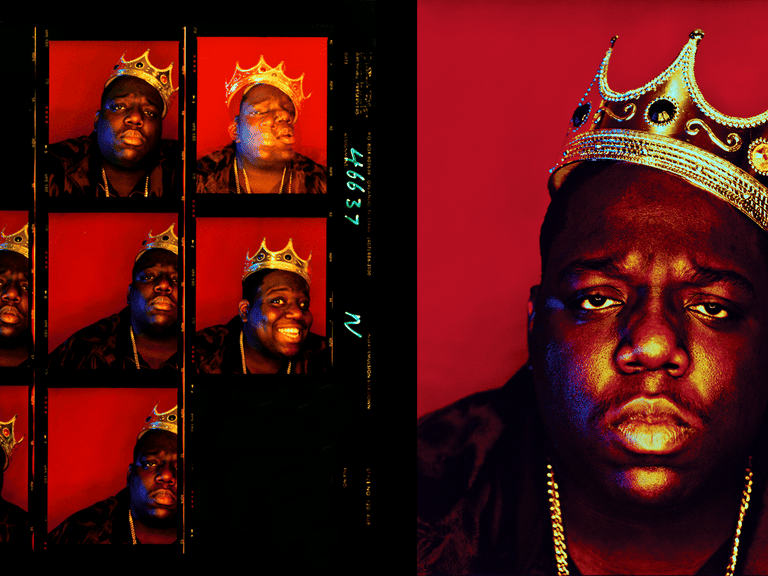
CONTACT HIGH: A Visual History of Hip-Hop - Annenberg Space for Photography (April 26 - Aug. 18, 2019)
Celebrating the photographers who have played a critical role in bringing hip-hop’s visual culture to the global stage, CONTACT HIGH: A Visual History of Hip-Hop is an inside look at the work of hip-hop photographers, as told through their most intimate diaries: their unedited contact sheets.
Curated by Vikki Tobak—produced in partnership with United Photo Industries (UPI)—and based on her book of the same name, CONTACT HIGH includes over 120 works from more than 60 photographers. Opening at the Annenberg Space for Photography on April 26, the exhibition includes original and unedited contact sheets from Barron Claiborne’s iconic Notorious B.I.G. portraits, to early images of Jay-Z, Kendrick Lamar, and Kanye West as they first took to the scene, to Janette Beckman’s defining photos of Salt-N-Pepa, and Jamel Shabazz and Gordon Parks documenting hip-hop culture.
CONTACT HIGH invites visitors to look directly through the photographer’s lens and observe all of the pictures taken during these legendary photo shoots. The exhibit also includes rare videos, memorabilia, and music to demonstrate how the documentation of a cultural phenomenon impacts not just music, but politics and social movements around the world.
